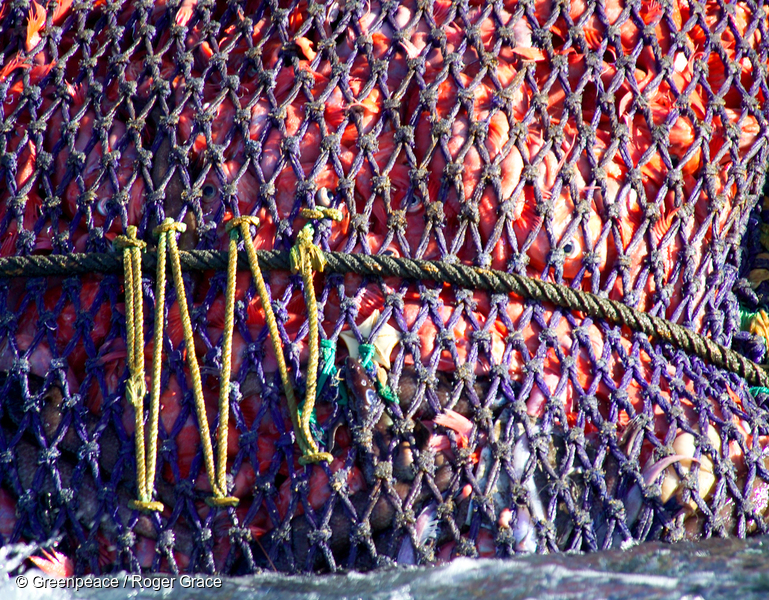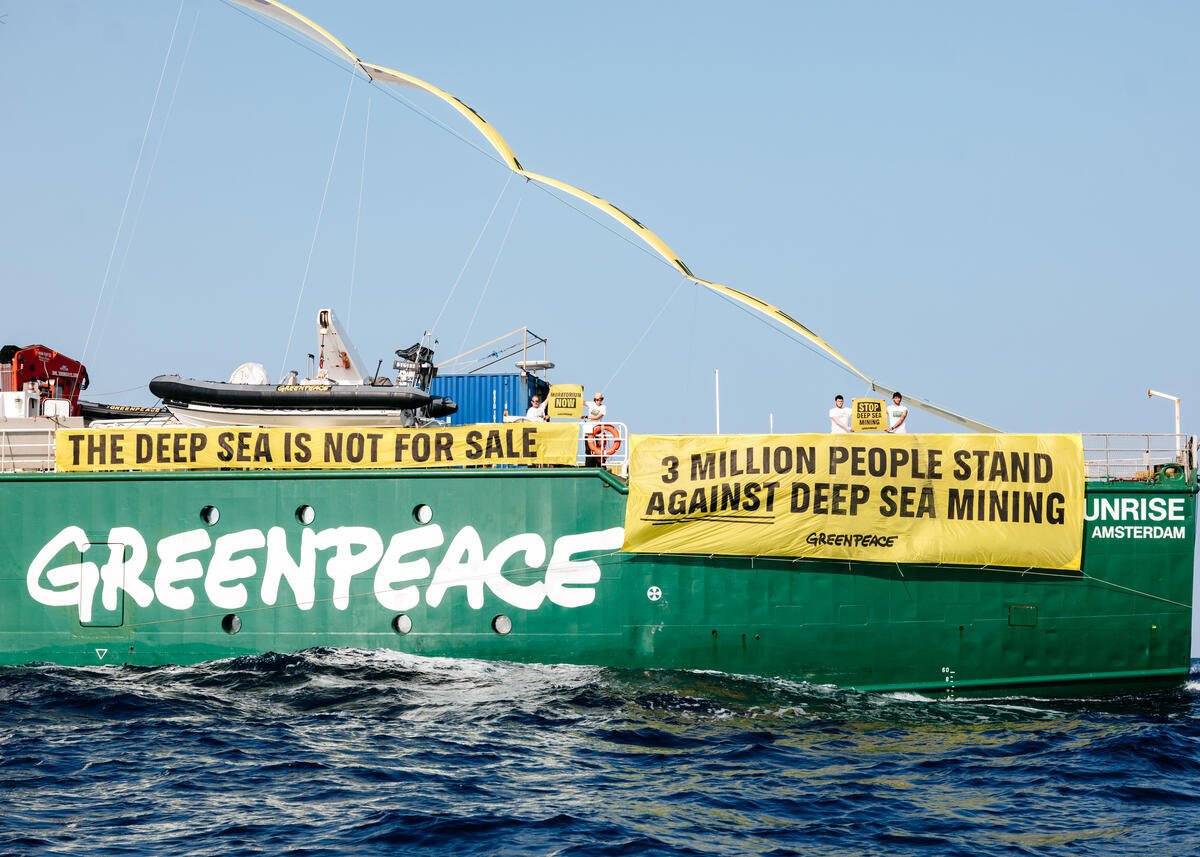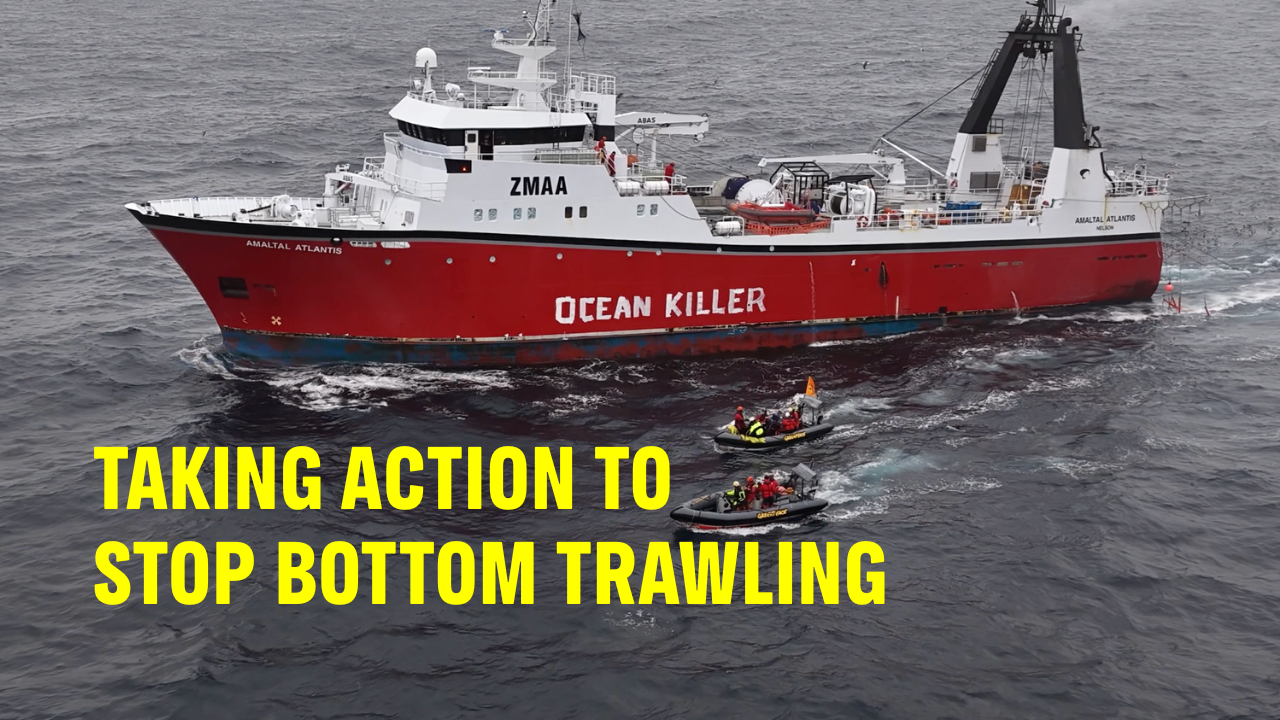On Monday, we had our court case heard at the High Court in Wellington. Our beef: that the Environmental Protection Authority (EPA) – the agency set up by government to safeguard our oceans – had given Anadarko the green light to start drilling without looking at eight key documents. These documents included a report detailing the environmental effects on our coastlines in the event of an oil spill and how Anadarko would deal with this.
The lawyers for the EPA admitted that they hadn’t looked at them before marking their application to drill as ‘complete’, because they argued that they didn’t need to.
Astonishingly, lawyers for Anadarko told the court that they had offered to leave these key documents with the EPA to look at, but were told that it wouldn’t be necessary. The EPA just went ahead and signed off the drilling anyway.
This contradicts everything that the government, and the energy minister Simon Bridges, has told us about the industry being ‘put through the wringer’.
Worryingly, EPA lawyers repeatedly failed to answer the question as to what the role of the environmental assessment and the EPA was. Did the assessment need to fully assess the impact of oil spills on the environment and whether and how much they could be cleaned up or not? Was the EPA there to make sure the assessment was done? No clear answer. Justice Mackenzie was finally forced to ask just what is the purpose of the EPA?
The answer may well end up being ranked up there alongside those eternal mysteries that include the whereabouts of those minutes of the meeting that Simon Bridges had with Shell, that he is still hiding from the public, and what existed before the Big Bang.
In a slightly desperate bid to distract from the heart of the case, Anadarko lawyers alleged that the court case had been deliberately timed to coincide with the drilling. They claimed that the EPA’s incomplete impact assessment had been publicly available for two months, so why go to court now?
Since before the incomplete impact assessment was made available, we had been asking to see the oil spill modelling report, but had been repeatedly refused. That’s why we had to do our own spill modelling.
Then they released the incomplete report at the end of September. So we asked, where’s the rest of it? How can you sign something off if it’s incomplete?
They said, go ask Maritime New Zealand. So we did.
Maritime New Zealand said they were still assessing the documents so we couldn’t have them. So we waited. And waited. Until they finally signed them off in November.
So we said: can the public now see them now? They said no.
Then Simon Bridges said we could ask for them through an Official Information Act request. So we did. But Maritime New Zealand refused to give them to us.
Then, the Minister for the Environment admitted in Parliament that the EPA hadn’t seen these documents. So we spoke to our lawyers. And then we filed for a hearing at the High Court.
And those key documents? Still being hidden away, meaning neither you, nor I, can see them.



